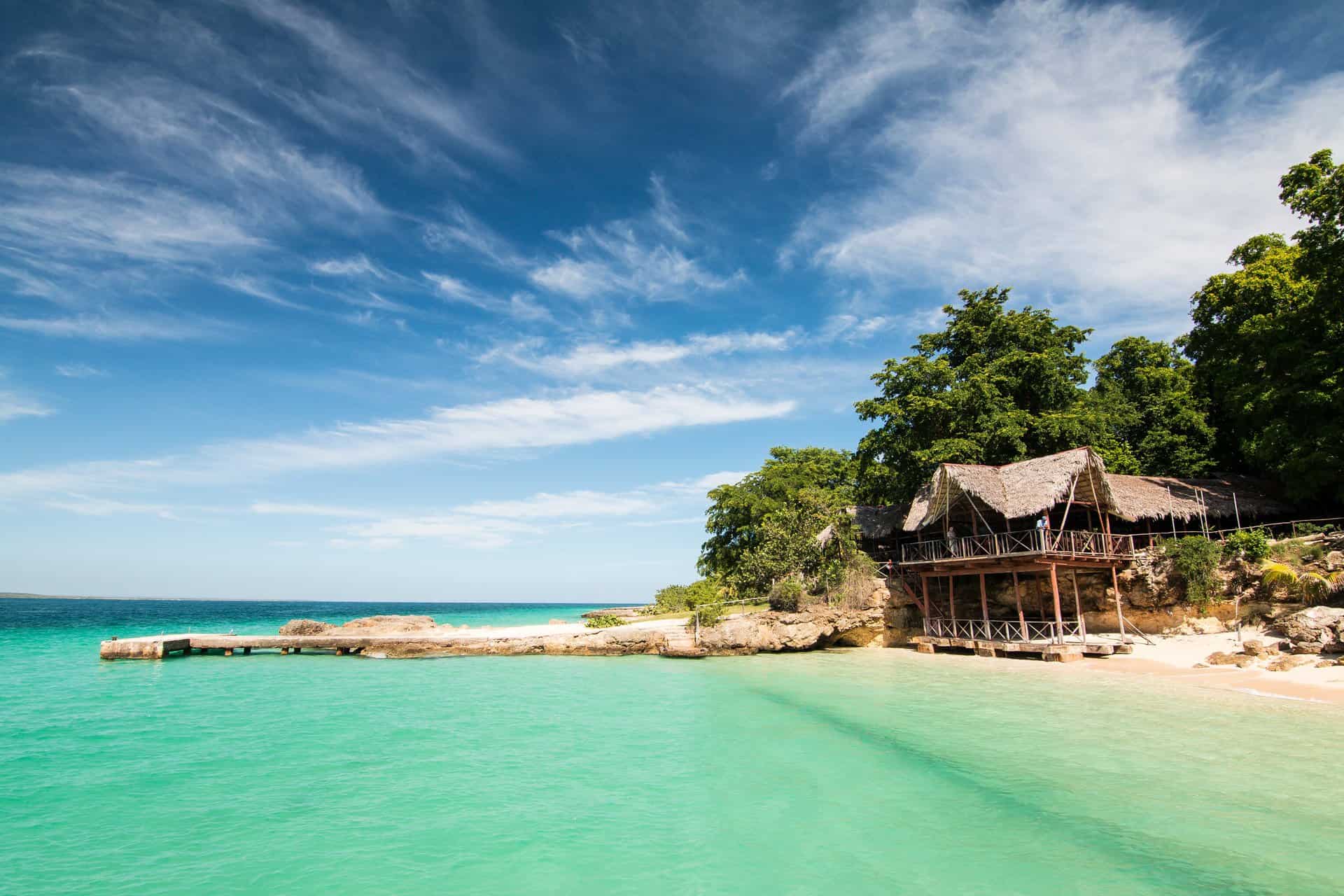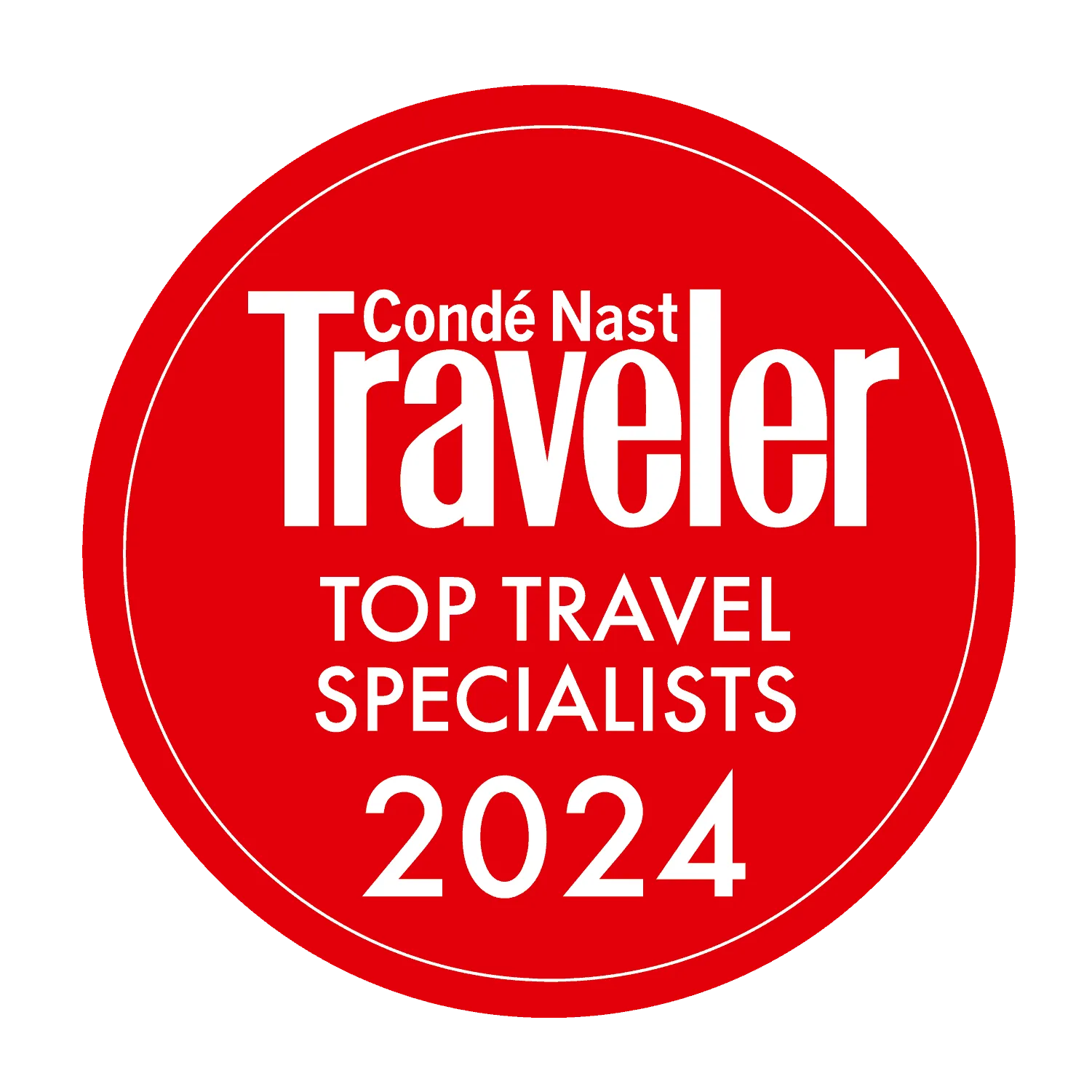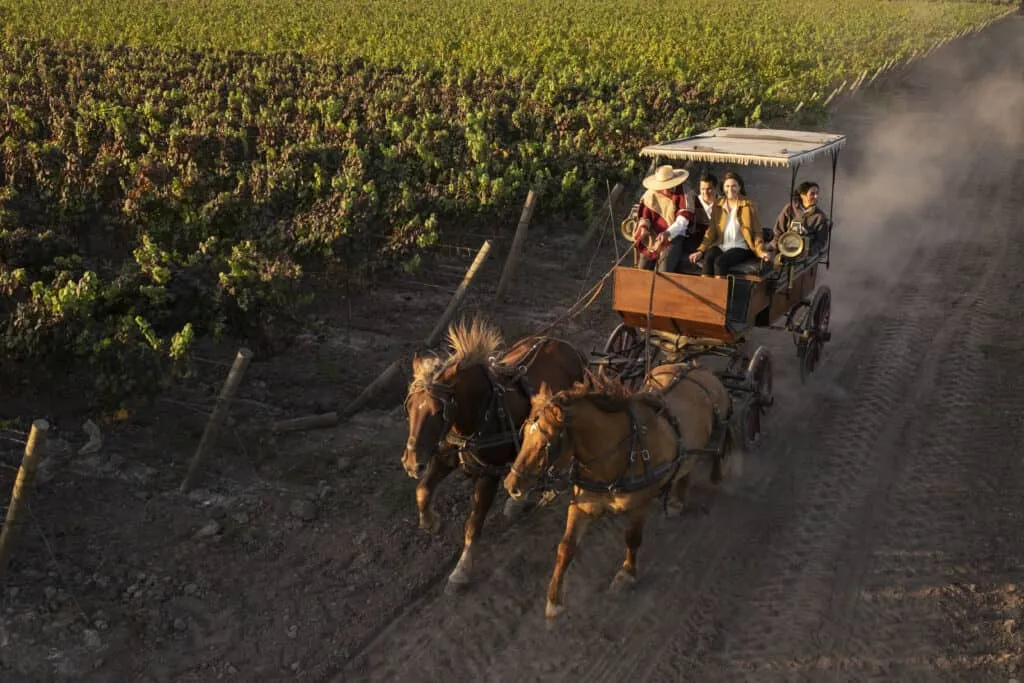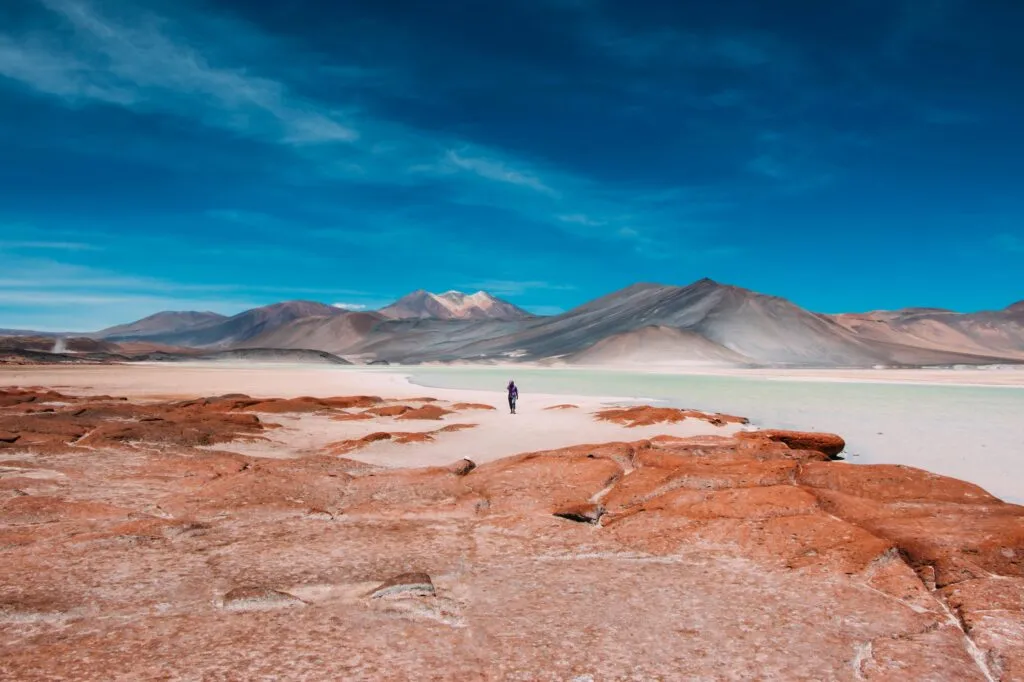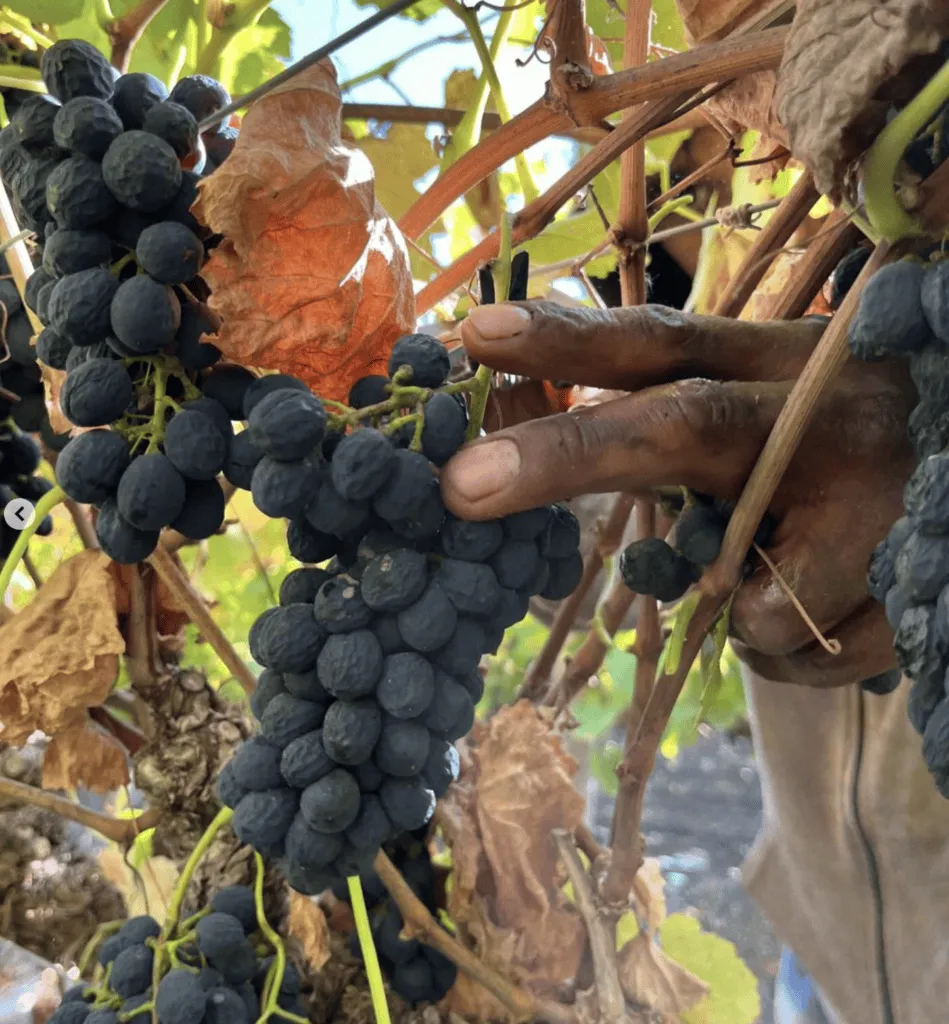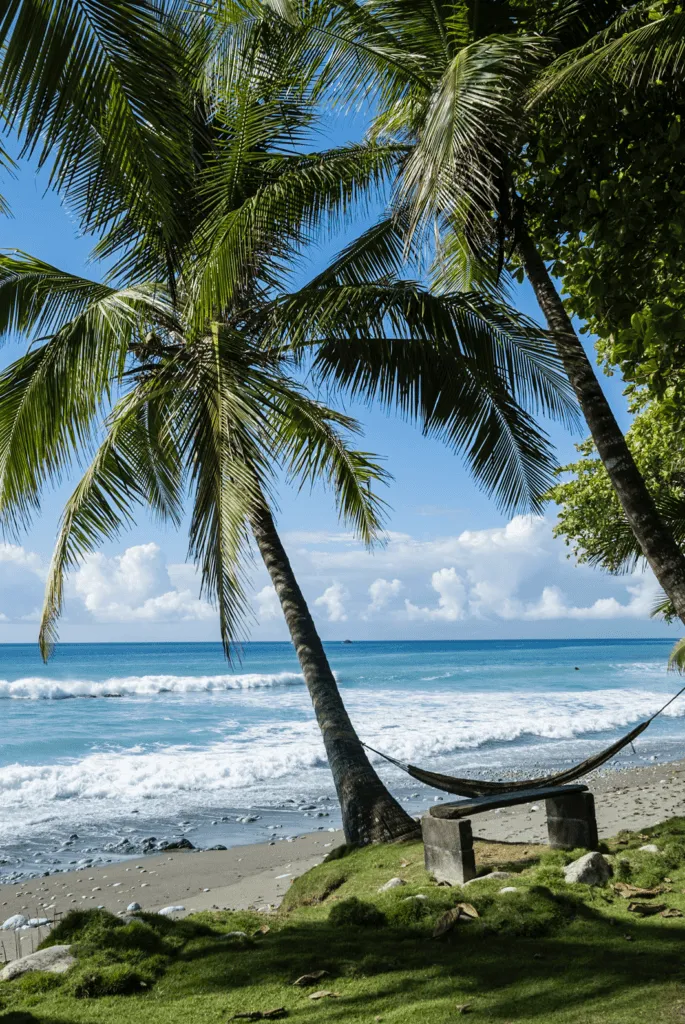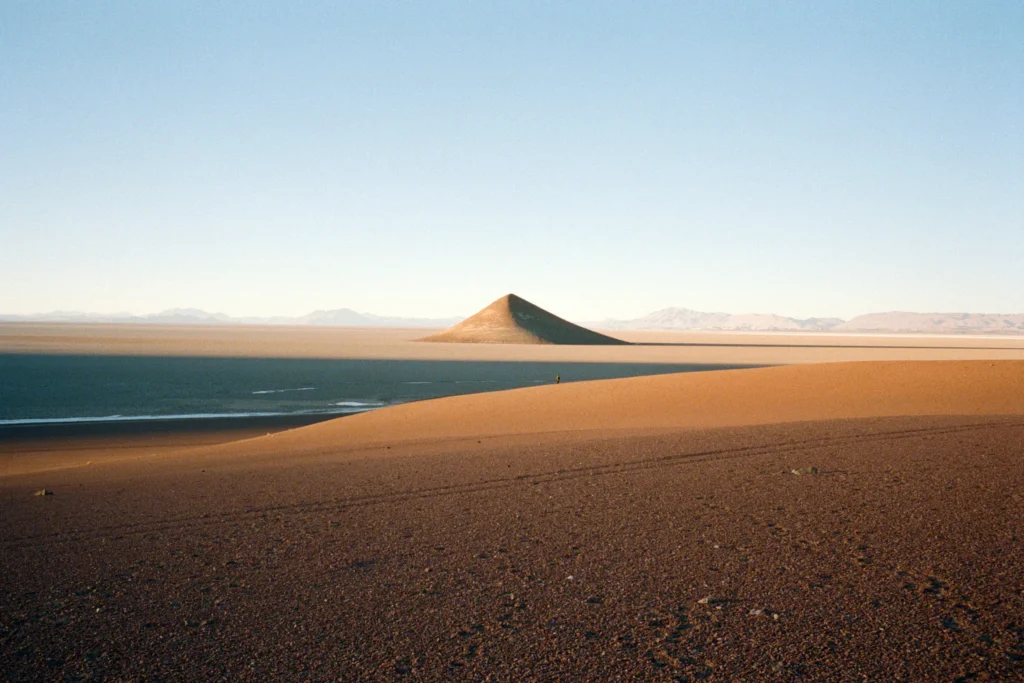
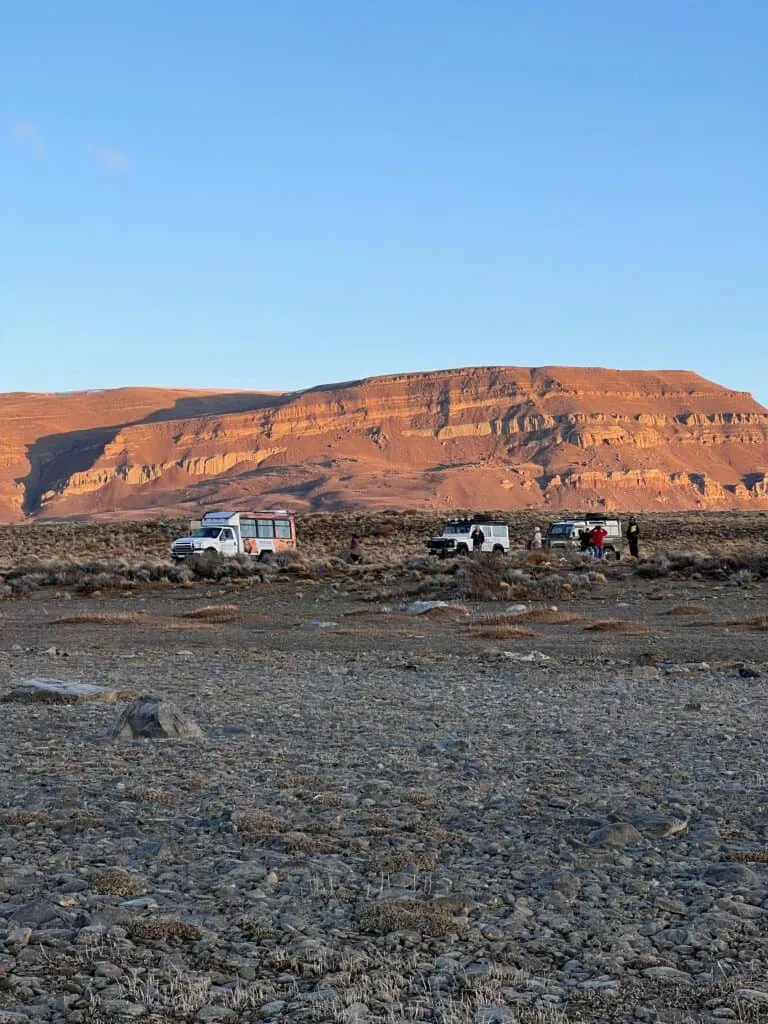
“The open road is a beckoning, a strangeness, a place where a man can lose himself.”
Some places resist quick travel – the distances are too great, the geography too stubborn. What they offer instead are road trips of the better kind: border-hopping, high-altitude routes that trade speed for depth.
These four overland journeys in Chile and Argentina cross some of the most remote and beautiful terrain in South America, where the road is less a means of getting somewhere than a way in. They follow pre-Colombian trade routes and mountain passes, skirt salt flats and volcanoes, stop off at sleepy roadside villages, and detour – often unavoidably – into the unknown. Best for travellers who aren’t in a hurry, and don’t mind getting a little dusty.
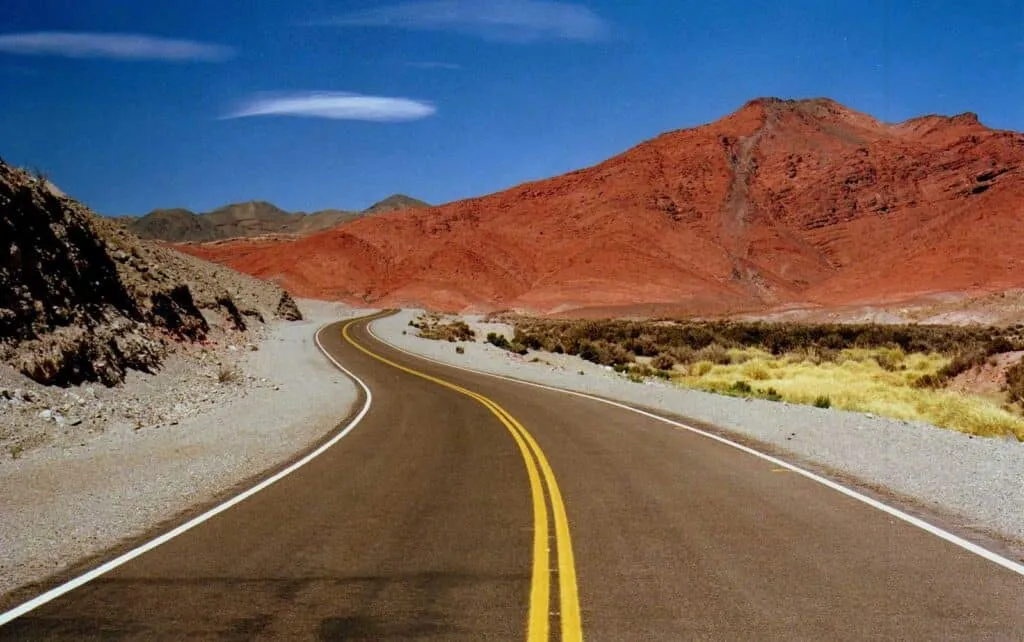
1. Ruta 40 and Andean crossings – Catamarca to San Juan via the Southern Atacama
RECOMMENDED LENGTH: 7-10 DAYS
This one is for the purists – a trans-Andean road trip through the least-visited corners of northern Argentina and Chile. Heaven for those drawn to isolation, high desert, and unmediated landscapes.
Begin in Catamarca, in the lee of the Andes. From here, the road climbs steadily, with vines giving way to carob and cacti, then to the high puna, where there’s little but the occasional vicuña.
The Paso de San Francisco marks the border with Chile: a lava-strewn no man’s land at nearly 4,800 metres, flanked by snow-flecked volcanoes and salt flats that feel extraterrestrial. You likely won’t see another soul. Beyond the pass, descend into the vast stillness of the southern Atacama.
Unlike its northern counterpart, this stretch of the Atacama remains almost entirely untouched by tourism. There are flamingo-filled lagoons, white-sand Pacific beaches, and little-known national parks such as Nevado Tres Cruces and Pan de Azúcar. Wara Nomade, a nomadic-style desert camp set beside the Pacific, is the place to stop after a long day on the road; in the nearby coves, you’ll find fishermen’s huts displaying whale vertebrae and polished sea glass.
Heading further inland, the next leg takes you through Chile’s Elqui Valley – a curious mix of adobe chapels, hillside pisco distilleries, and the world’s first International Dark Sky Sanctuary. Then it’s back to Argentina via the Paso de Agua Negra, another little-used Andean crossing that climbs past glacial tarns and scree fields. Beneath the mountains here, scientists are building a subterranean observatory to hunt for dark matter – something to ponder on over these bumpy, dramatic 287 miles.
The final stop is Barreal, a quiet village set between the Cordillera de los Andes to the west and the Tontal Sierras to the east. Stay at Posada Paso de los Patos, then set out to visit San Juan’s wineries, hike in the Tontal range, or explore Leoncito National Park. From Barreal, it’s an easy drive to San Juan airport, or onward to Mendoza.
Getting there: Fly into Catamarca or nearby Salta, and out of San Juan or Mendoza – all have direct flights from Buenos Aires.
Total distance: Approximately 1500km.
When to go: Avoid the rainy season (Jan – March).
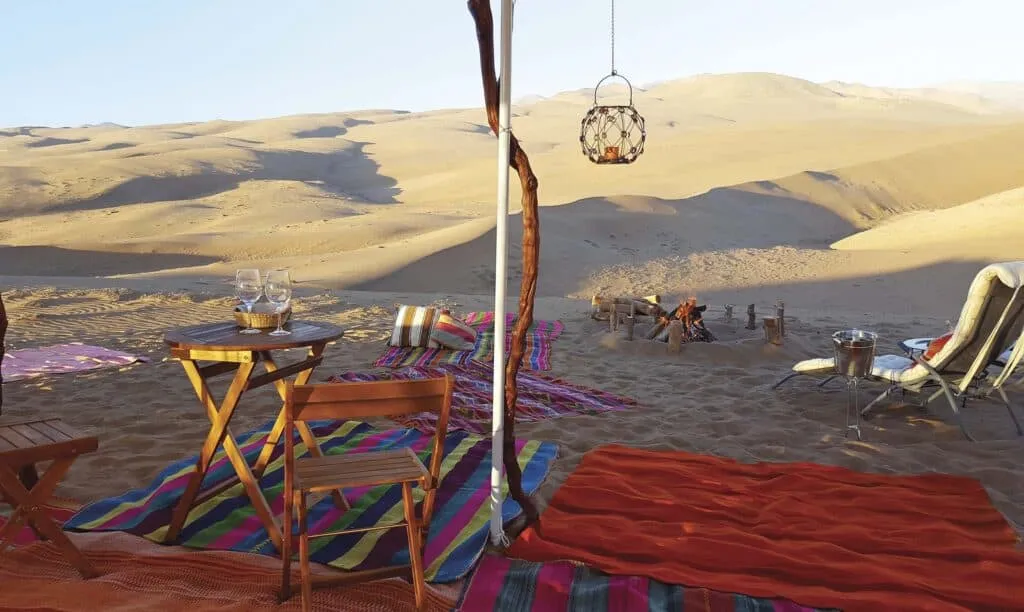
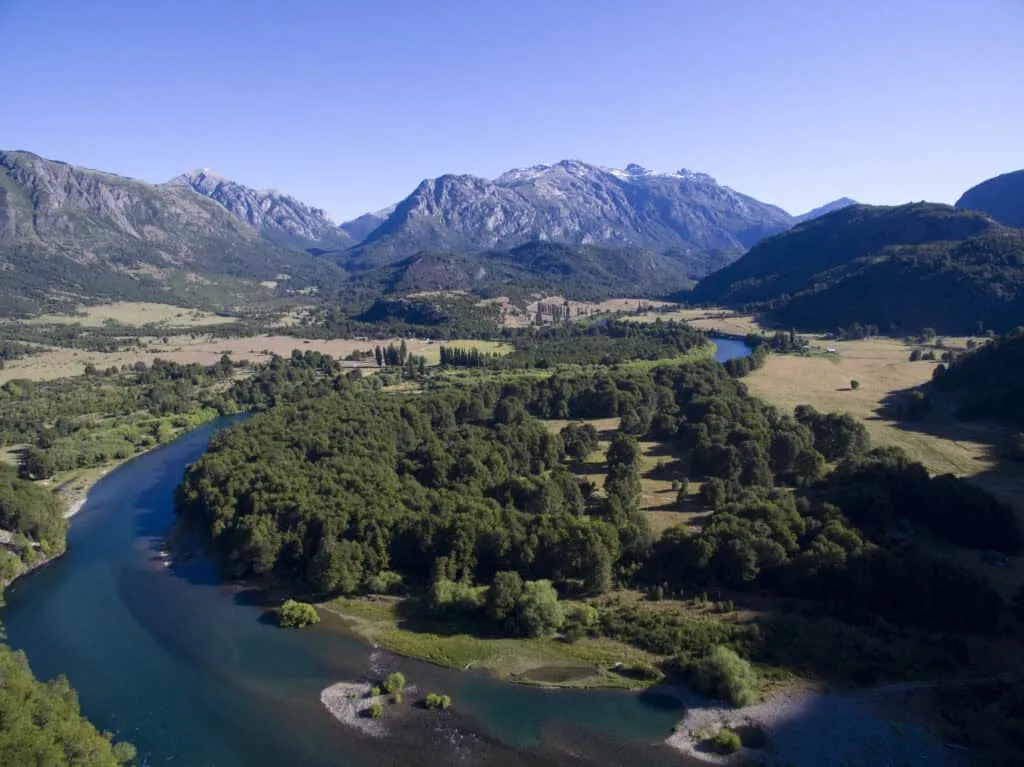
2. Carretera Austral – from Futaleufú to Patagonia National Park
SUGGESTED LENGTH: 10-14 DAYS
The Carretera Austral begins where Chile’s Lake District ends – a remote, winding route that stretches for over 1,200 kilometres through glacier-fed rivers, hanging valleys, and Andean peaks. Still largely untouched by mass tourism, this extraordinary road trip through Patagonia is a dream for walkers, riders, and fly fishers. It’s best tackled slowly, and with a spirit of adventure.
Cross from Argentina into Futaleufú for pine forests, snow-dusted mountains, and turquoise river bends. The white-water here is world-famous, but there’s plenty for the less daring, too: horse rides, fly-fishing, long walks through the forest. Stay at PATA Lodge, a collection of hand-built cabins on the river, where guests can join in with beekeeping, baking bread, and small-scale Patagonian farm life.
From here, follow gravel tracks south into dense temperate rainforest. At Puyuhuapi, fjords cut inland and steaming hot springs spill out beside the sea; there’s hiking to hanging valleys, kayaking glassy channels, or soaking in thermal pools beneath the trees.
The next leg skirts the western shore of the vast, dazzlingly-blue Lake General Carrera. Here you can ride to the Maqui waterfall, hike fossilised forests, and boat out to the otherworldly Marble Caves. At the foot of Mount San Valentín, the Northern Patagonian Icefield unfolds – a vast white wilderness best viewed from the air or approached on foot with a guide.
Further south, the road cuts east into the windblown steppe, to Patagonia National Park, a 700,000-acre rewilded expanse created by Tompkins Conservation. The final stop is Explora Lodge, a spoiling retreat at the heart of the park. This is true gaucho country; pumas and huemules are elusive, but the herds of guanaco are ever-present.
Getting there: Fly into Esquel, then it’s a short drive across the border to Futaleufú. On departure, loop back north alongside the lake to Balmaceda airport.
Total distance: Approximately 1200km.
When to go: November to March.
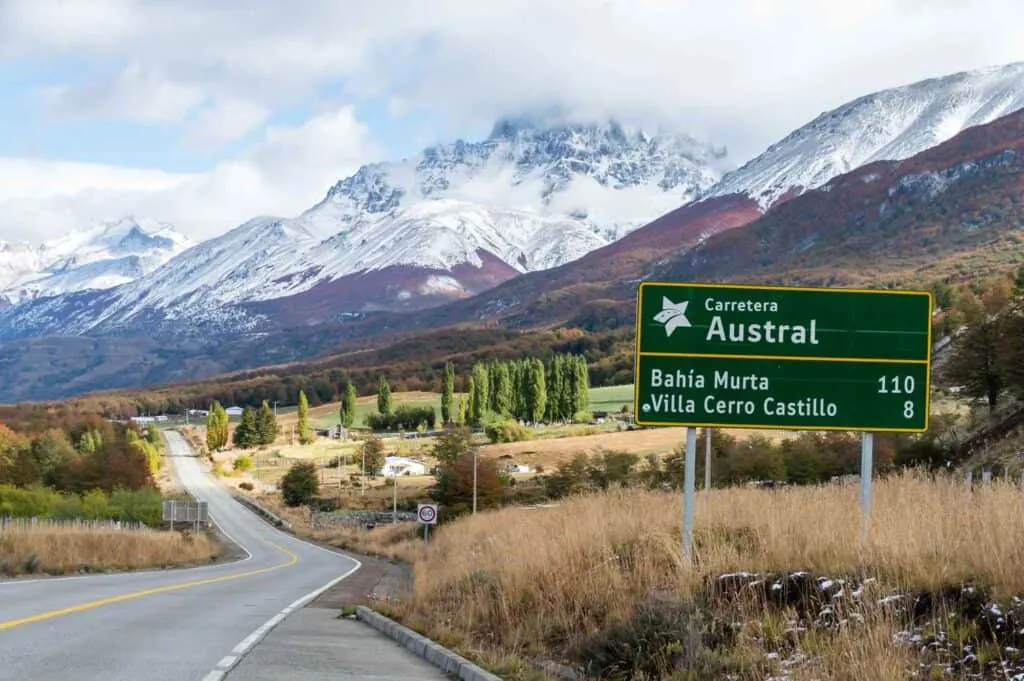
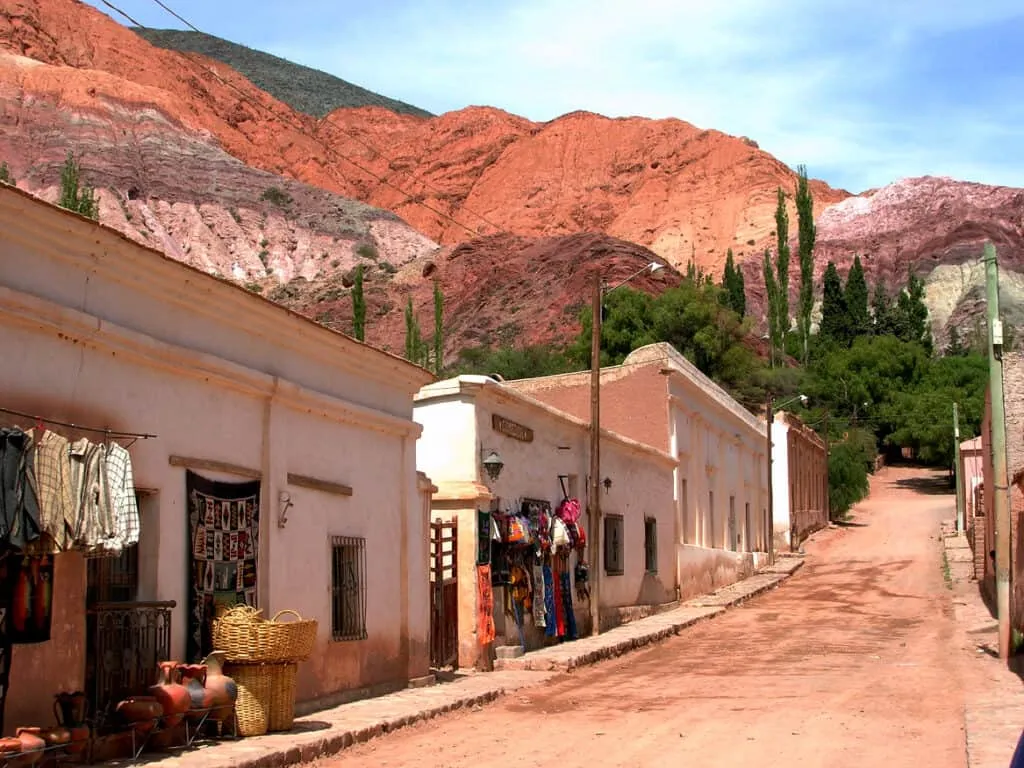
3. Northwest Argentina – Salta & Jujuy
SUGGESTED LENGTH: 5-7 DAYS
Far from the polo fields and parrillas of Buenos Aires, Argentina’s northwest takes you into the high Andes – a region more akin to Bolivia and Peru than the capital or the Pampas. Anchored by the provinces of Salta and Jujuy, this is a land of cactus fields, rust-red quebradas, and an eternally spring-like climate.
This overland journey begins in Salta, then follows the spine of the Quebrada de Humahuaca north – a pre-Hispanic trading route once used by Inca runners and mule trains. Stop in Tilcara and Purmamarca, the latter best-known for its candy-striped hill, Serranía de Hornocal. Overnight in a former convent at El Manantial del Silencio.
Further west lies San Antonio de los Cobres, a mining outpost on the cusp of the salt flats. From there, cross into the stark Puna and drop into the Lerma Valley, where citrus and tobacco plantations bloom improbably despite the altitude. Then comes the Cuesta del Obispo – a serpentine climb into the Calchaquí Valley and the cactus-dotted plains of Los Cardones National Park. Stay in Cachi, a whitewashed village at the foot of Nevado de Cachi; La Merced del Alto is our choice.
The following day, the road cuts south through one of the most otherworldly landscapes: Quebrada de las Flechas, where shale pinnacles rise like blades from the earth. Afterwards, there’s a stop at Colomé, home to one of the world’s highest vineyards and – somewhat improbably – a James Turrell museum.
Finally, the wine town of Cafayate. A night or two at Patios de Cafayate, a 19th-century estate surrounded by rows of torrontés vines, before returning north through the wind-sculpted amphitheatres and ochre ravines of the Quebrada de las Conchas.
Getting there: There are regular direct flights in and out of Salta from Córdoba, Mendoza, and Iguazú. Or combine with the Catamarca – Southern Atacama road trip to end in Mendoza.
Distance: Approximately 760km.
When to go: Year-round, minus January and February when heavy rains fall and make certain roads impassable.
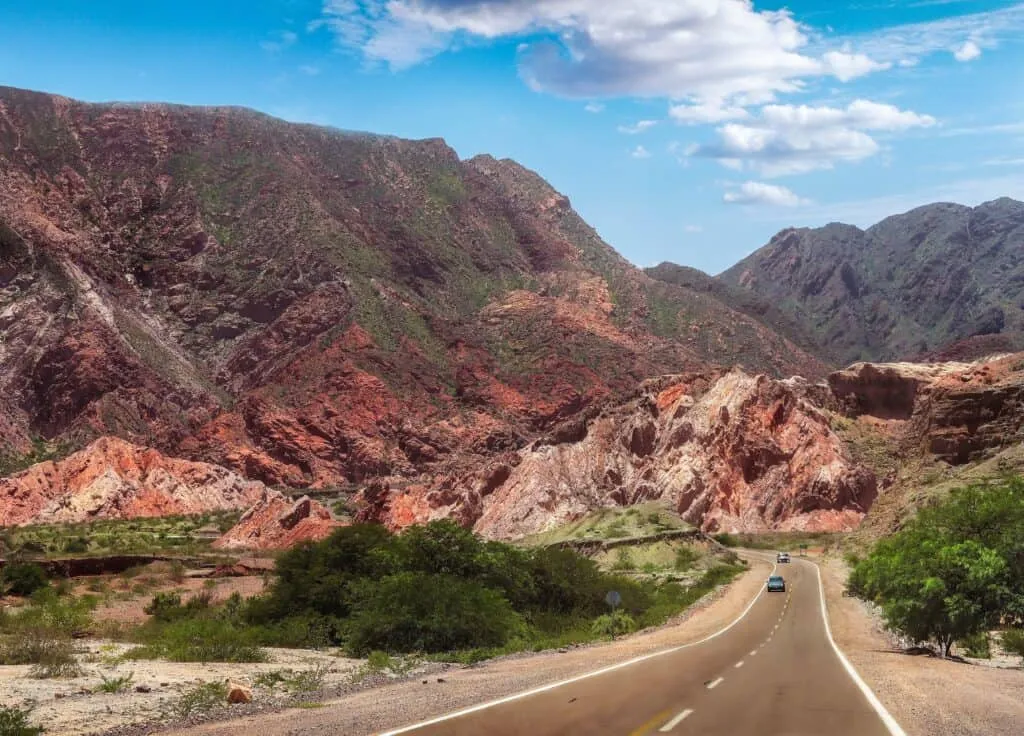
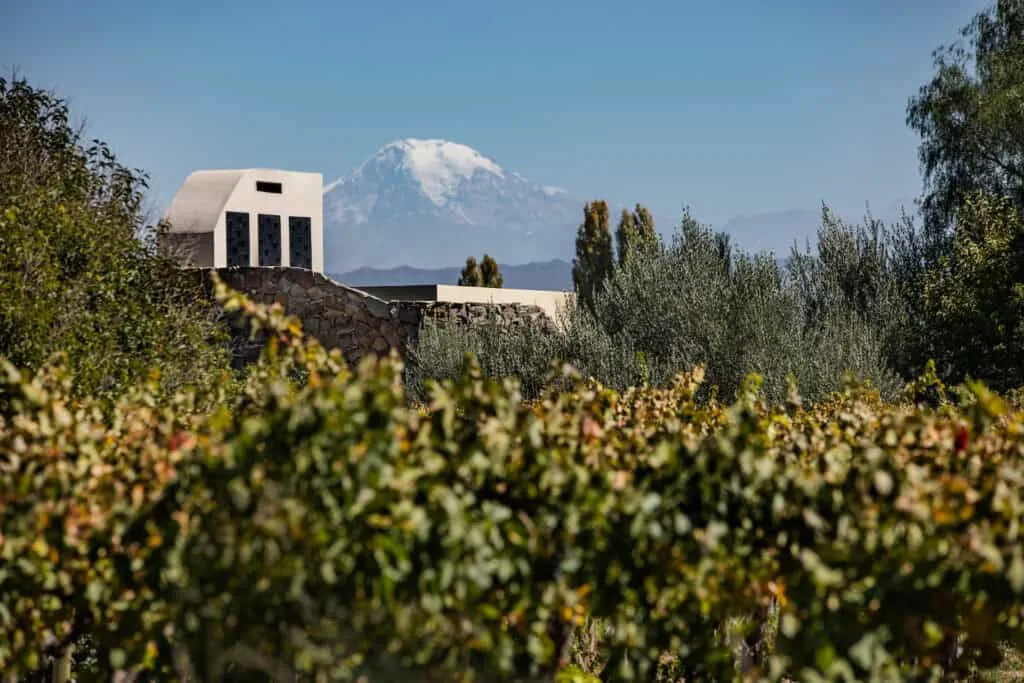
4. A Wine Journey from the Casablanca Valley to Mendoza
SUGGESTED LENGTH: 7 – 10 DAYS
This cross-Andean road trip links two of South America’s great wine regions, from the Pacific to the foothills of the Andes, and takes in some of our absolute favourite vineyard lodges and wineries.
Begin just west of Santiago, in Chile’s Casablanca Valley. This region produces some of Chile’s best cool-climate wines, as Chardonnay and Sauvignon Blanc thrive in the morning fogs that roll in from the Pacific. Base yourself at Matetic, a biodynamic estate tucked into the hills, and set out from there to visit smaller producers like Bodegas RE and Kingston Family Vineyards. Everything here is close.
Further south in Colchagua, it’s all about Carmenère, Syrah, and Cabernet Sauvignon. Clos Apalta, formerly the Lapostolle estate, is one of the most striking wineries in the region – both architecturally and oenologically.
From Colchagua, the road climbs steadily into the Andes. The Paso Internacional Los Libertadores is one of the continent’s great mountain crossings, a snaking route flanked by scree slopes streaked with meltwater, with the Cristo Redentor statue marking the border at nearly 4,000 metres. On the far side, Argentina – and Mendoza.
Cavas Wine Lodge in Luján de Cuyo is the first stop in this historic seat of Argentine wine, home to age-old malbec vines and bold, structured reds. Many estates here are still family-run; others, like Catena Zapata or Bressia, offer a more contemporary take.
Round out the journey at The Vines, in the Uco Valley: higher altitude, cooler climate, and home to some of the region’s most exciting new wineries. Bodega Zuccardi stands like a stone fortress, while Bodega Otronia is sculptural and minimalist. At both, the wines are precise, mineral, and expressive of place. Between tastings, there’s horseback riding through the vineyards, fabulous food, and plenty of time to stretch out poolside with a glass of crisp white.
Getting there: Fly into Santiago, and out of Mendoza.
Distance: Approximately 960km.
When to go: Year-round, minus January and February when heavy rains fall and make certain roads impassable.
—
Each of these routes has been thoroughly road-tested by the team at Plan South America. We’ve spent decades exploring the continent by car – we’ve stayed in every lodge, driven every pass, and know when it’s worth taking the long way round. Journeys can be self-driven in a fully equipped 4×4, or arranged with a private driver and expert guide. Either way, we handle the details – so you can focus on the road.
